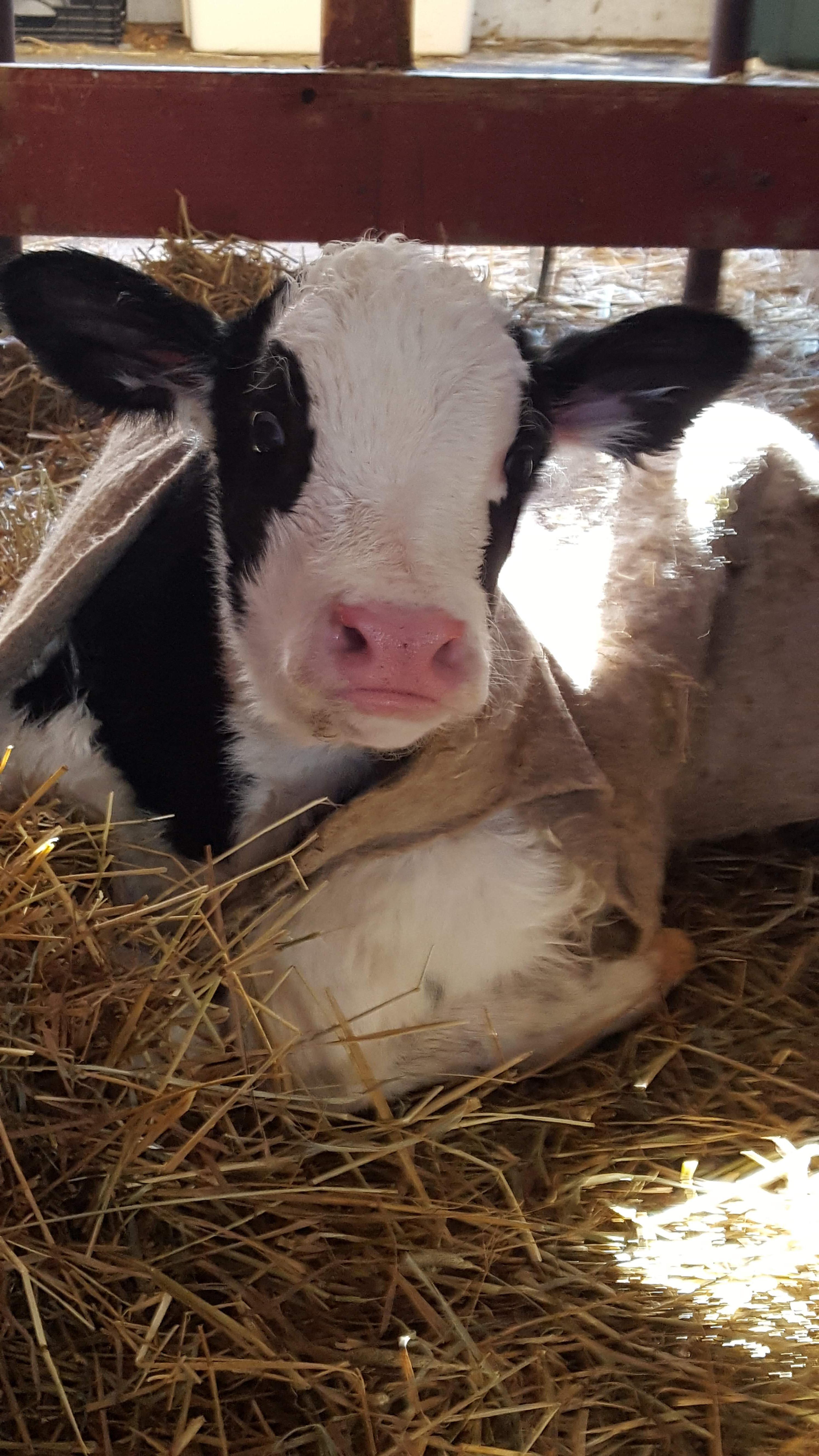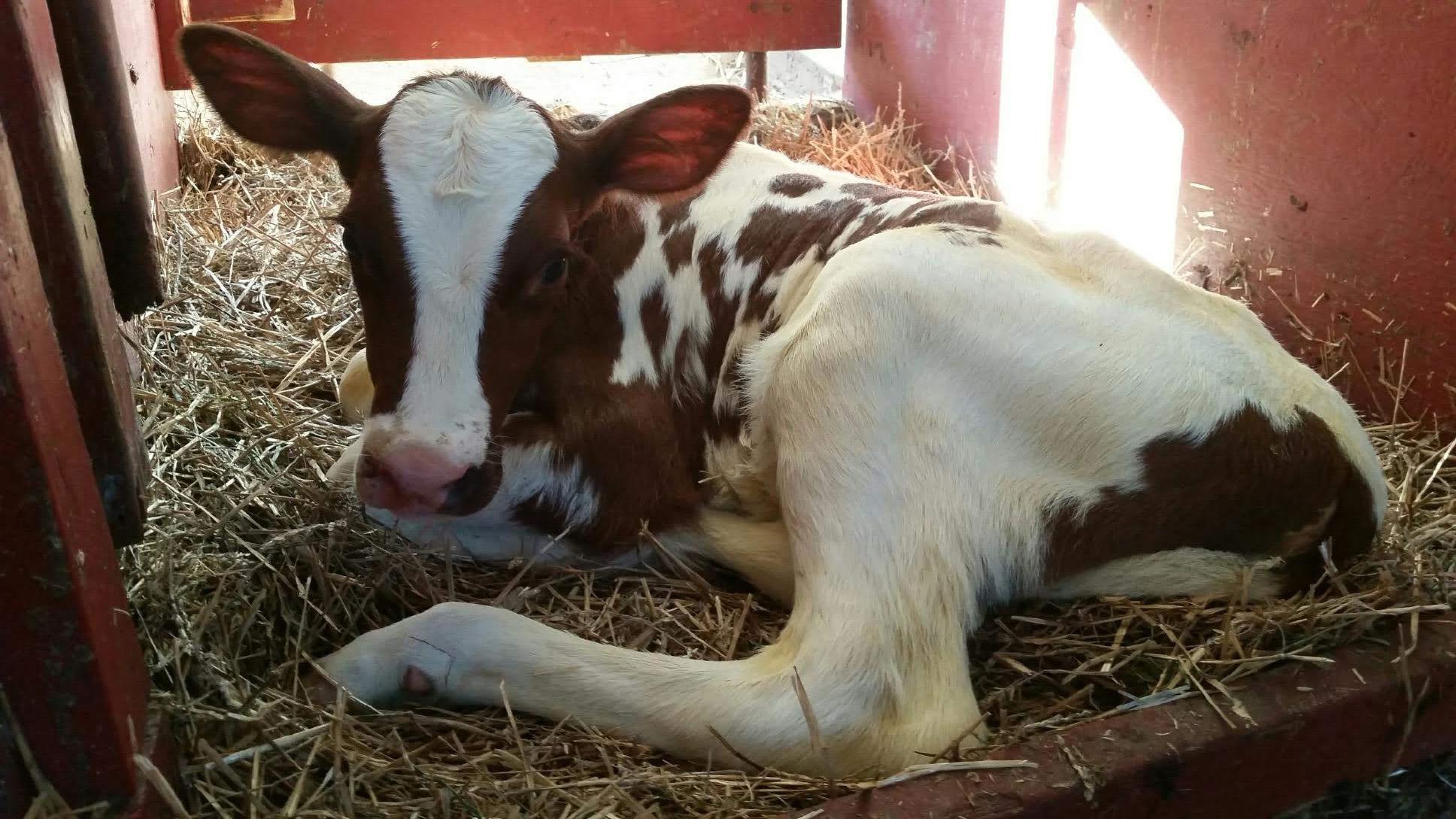
Despite potential benefits, many producers are hesitant to adopt this type of management system due to a number of concerns. The main premise of individualized calf housing is to limit disease transmission to reduce calf morbidity and mortality. Indeed, contagious diseases are more readily transmissible via direct contact, which is usually prohibited with individual housing. Studies have examined the impact of pair- and/or group-housing on incidence of disease in pre-weaned calves and results are inconclusive: some studies show no difference in calf morbidity while others show a slight increase with social housing. It has been shown that group size is associated with morbidity rates, with larger groups (greater than 6) being more likely to have increased rates. Group stability likely also has an impact on the health of pre-weaned calves housed together. The fact that some studies show no difference in morbidity between housing methods suggests that pair- or group-housing of pre-weaned calves can be successful if the calf program is well-managed and calves are provided appropriate neonatal care, good nutrition, and a clean, dry, and well-ventilated environment.
The ability to give calves individualized attention is certainly an argument for individual housing methods, as this becomes more difficult with pair- or group-housing. Producers must be more vigilant and attentive to calves housed in pairs or small groups in order to detect early signs of illness and to ensure that each calf is performing well. Housing calves individually also makes milk-feeding time simpler by eliminating competition and makes it easy to ensure that each calf receives its daily allotment of milk. Some producers who utilize pair- or group-housing without an automated feeder work around this challenge by temporarily separating calves during feeding time.
Cross-suckling is another major concern often expressed by producers who are considering the implementation of pair- or group-housing of calves, as it can have long-term implications for milk production. Investigations of this issue in pair- or group-housed pre-weaned calves are inconclusive, with some indicating a high prevalence of cross-suckling and others reporting none. A few practical suggestions for minimizing the potential of cross-suckling in calves housed in group settings include feeding milk via a teat as opposed to a bucket and providing a “dry teat” for suckling needs between feedings. As cross-suckling often becomes more common after weaning, allowing for a more gradual weaning process and ensuring starter grain intake is sufficient before weaning may also help mitigate potential cross-suckling issues.
Producers interested in implementing group-housing of pre-weaned calves on their farm should first consider their current housing system and whether revised housing methods would be conducive to calf health. They should also consider how they would manage milk feeding time to ensure adequate milk consumption by all calves and make sure that each calf is visually observed for signs of illness at each feeding. Veterinarians, extension agents, and other dairy producers who have adopted this management system are great resources and can provide insight and suggestions for success.


